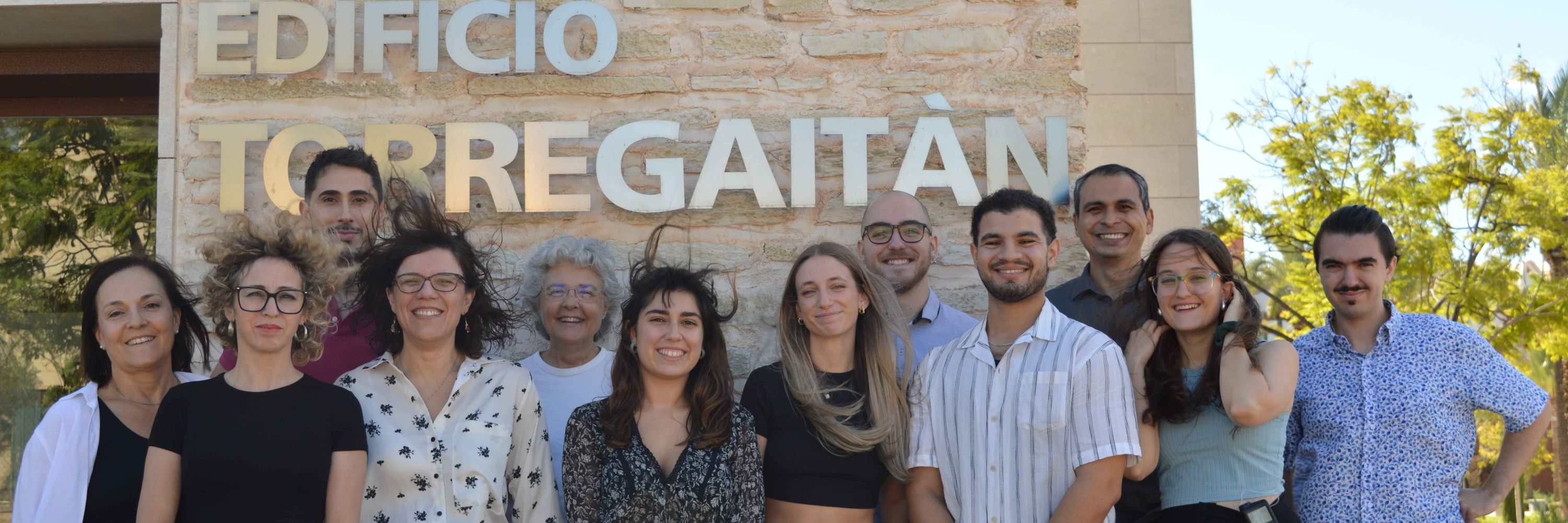Islet Biology Lab - UMH
@isletbiologylab.bsky.social
150 followers
150 following
120 posts
We're interested in islet cell function and survival in #type1diabetes. Headed by Laura Marroquí (IDiBE/UMH) and Reinaldo dos Santos (FISABIO and IDiBE/UMH). 🧪
For more info about our lab: linktr.ee/isletbiologylab
Posts
Media
Videos
Starter Packs
Reposted by Islet Biology Lab - UMH
Reposted by Islet Biology Lab - UMH
Reposted by Islet Biology Lab - UMH
Reposted by Islet Biology Lab - UMH
Reposted by Islet Biology Lab - UMH
Reposted by Islet Biology Lab - UMH
The Lancet
@thelancet.com
· 9d

Minimum effective low dose of antithymocyte globulin in people aged 5–25 years with recent-onset stage 3 type 1 diabetes (MELD-ATG): a phase 2, multicentre, double-blind, randomised, placebo-controlle...
In young people with recent-onset, clinical type 1 diabetes, 2·5 mg/kg and 0·5 mg/kg
ATG reduced loss of β-cell function, showing the potential of an affordable, repurposed
agent, ATG, in a low and sa...
tinyurl.com
Reposted by Islet Biology Lab - UMH
Reposted by Islet Biology Lab - UMH
Reposted by Islet Biology Lab - UMH























